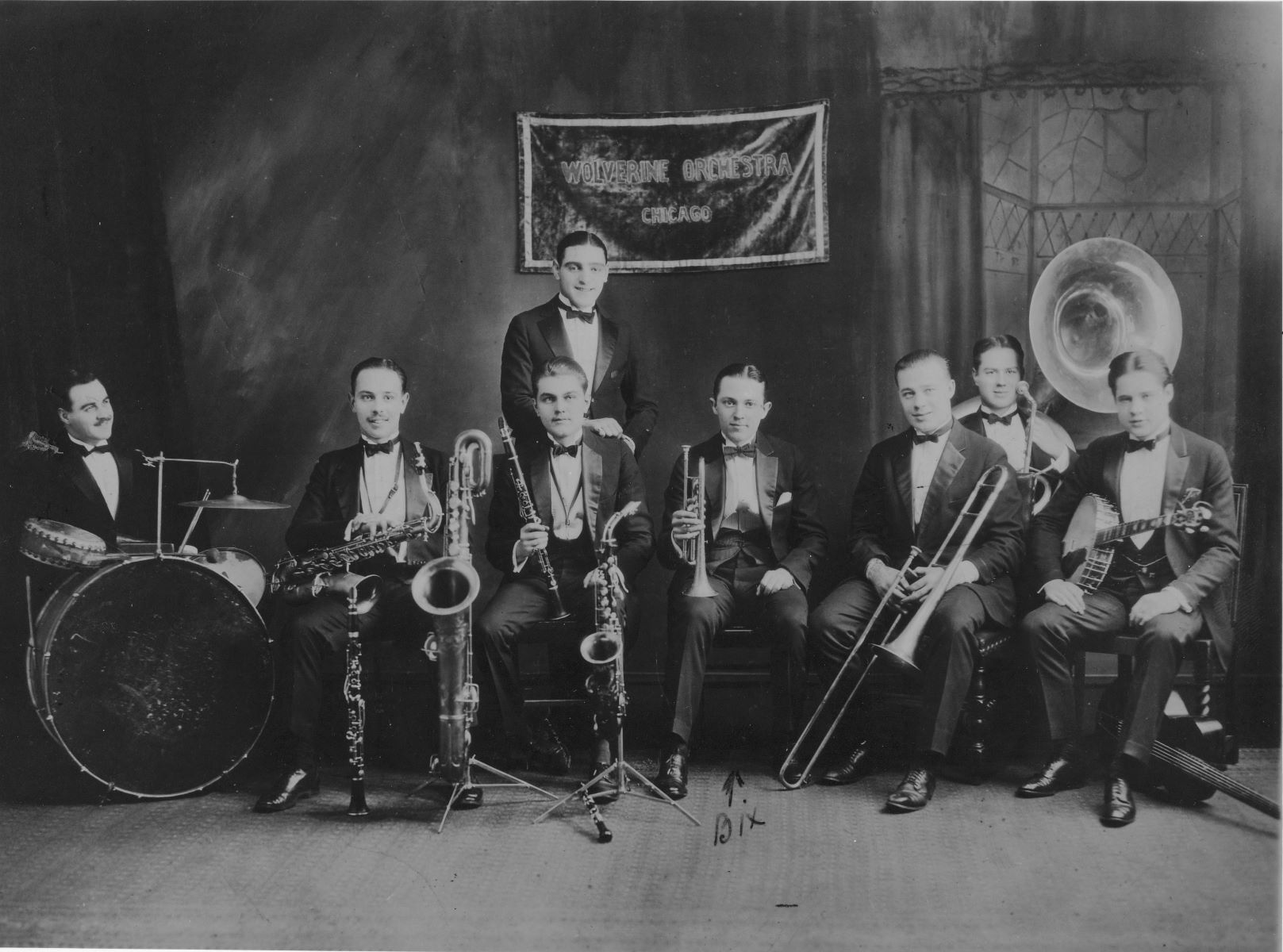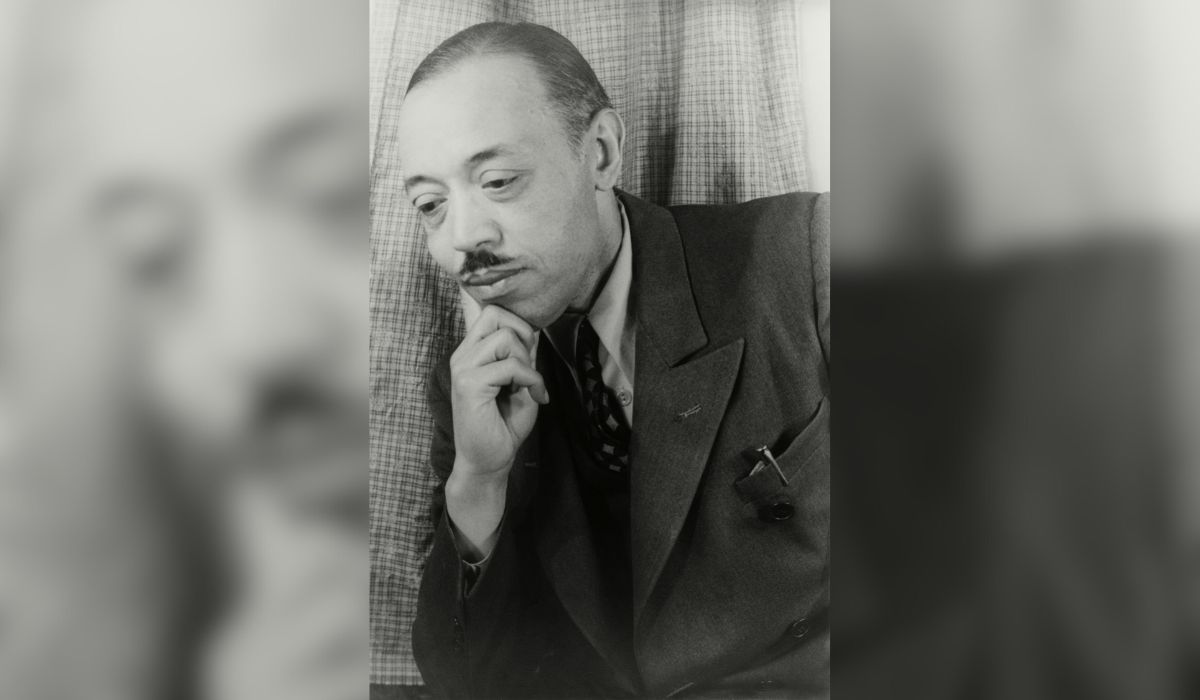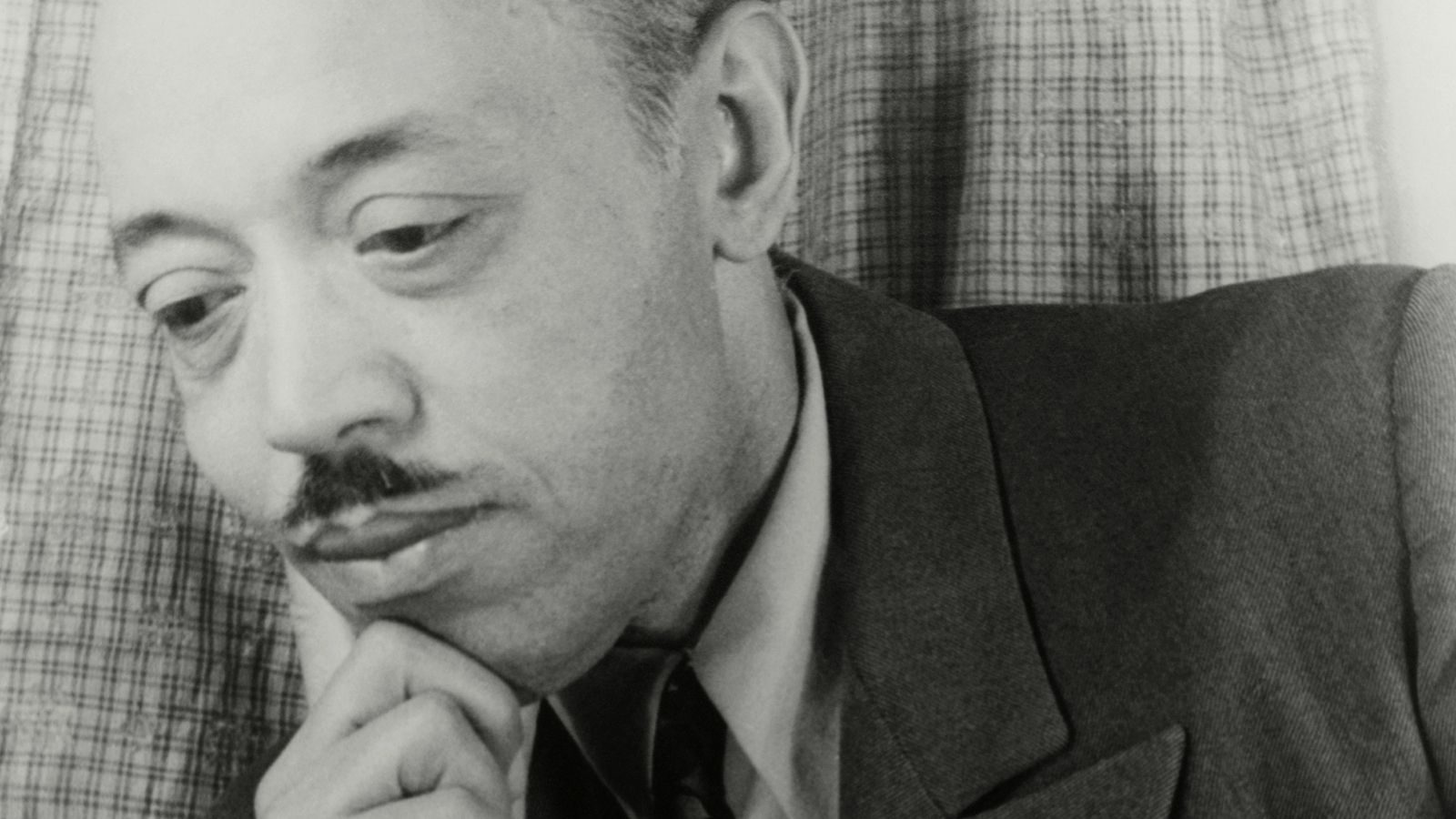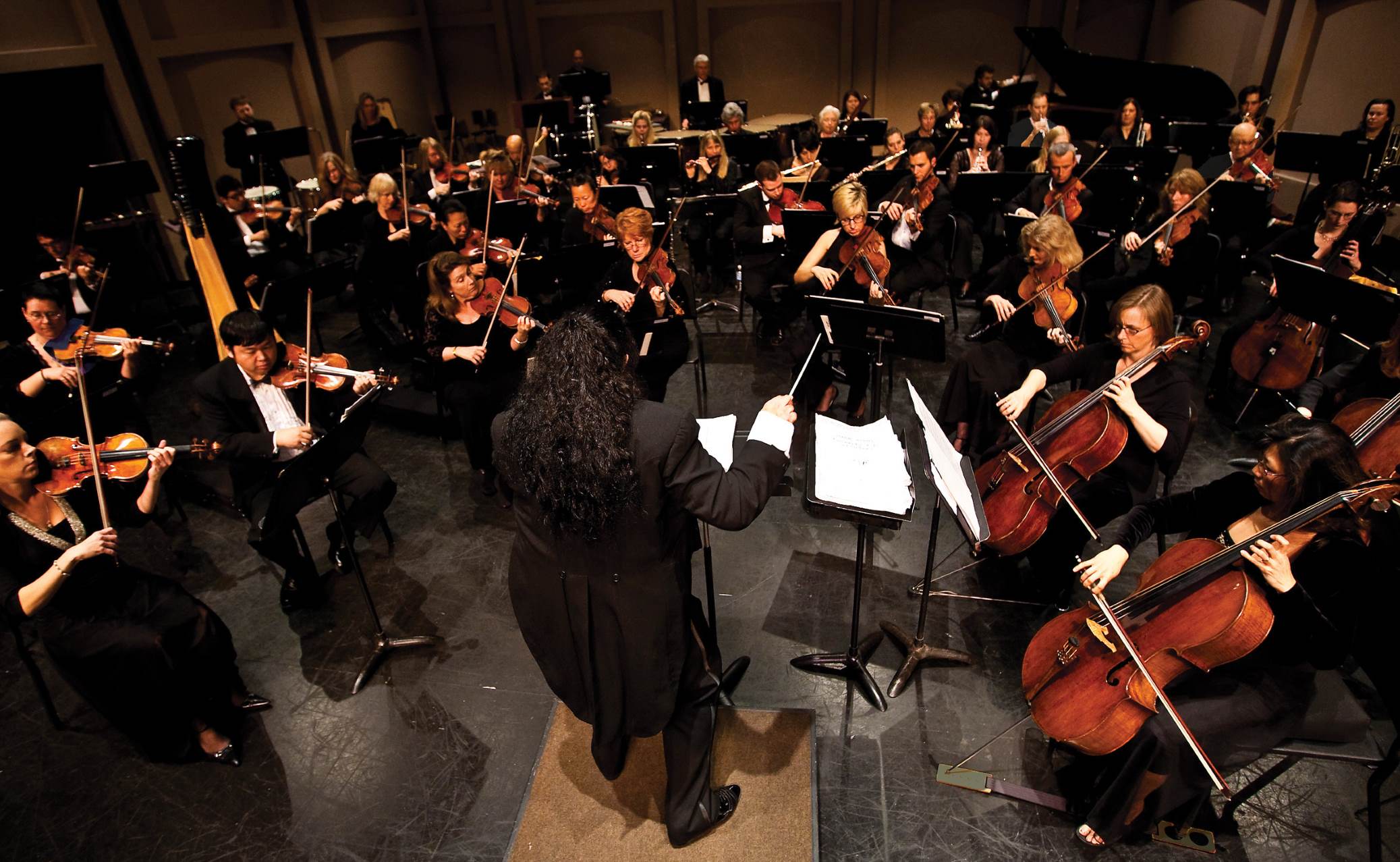Home>Genres>Symphony>How To Describe Beethoven Symphony 5 First Movement
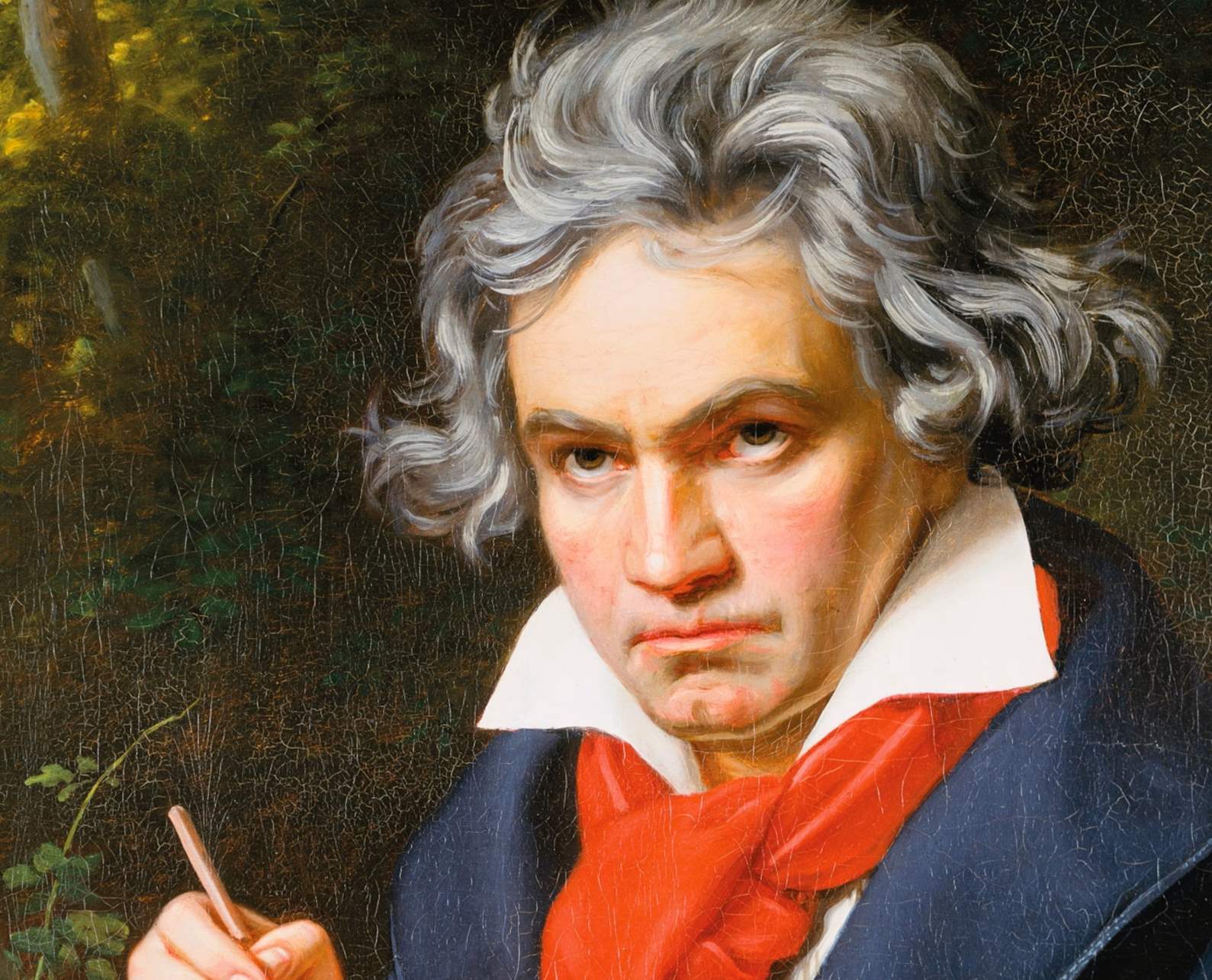

Symphony
How To Describe Beethoven Symphony 5 First Movement
Modified: February 24, 2024
Learn how to describe the captivating first movement of Beethoven's Symphony 5, exploring its meticulous composition and powerful symphonic elements. Discover the essence and brilliance of this iconic Symphony.
(Many of the links in this article redirect to a specific reviewed product. Your purchase of these products through affiliate links helps to generate commission for AudioLover.com, at no extra cost. Learn more)
Table of Contents
Introduction
Welcome to this comprehensive guide on how to describe Beethoven Symphony 5’s first movement. Ludwig van Beethoven’s Symphony No. 5 in C minor, Op. 67 is a masterpiece of classical music, known for its iconic four-note motif. This symphony, composed between 1804 and 1808, is one of Beethoven’s most renowned and widely performed works.
The first movement, also known as the Allegro con brio, sets the tone for the entire symphony and captures the listener’s attention right from the start. It is a powerfully emotive and dynamic piece that showcases Beethoven’s genius as a composer and his ability to create tension, drama, and musical mastery.
Throughout this article, we will delve into the different elements that make up the first movement of Beethoven Symphony 5 and provide insights on how to effectively describe and appreciate this musical gem.
Whether you are a music enthusiast, a student, or someone who simply enjoys listening to classical music, this guide will help you gain a deeper understanding of the complexities and nuances of this remarkable symphony.
So, let’s embark on this musical journey and explore the awe-inspiring world of Beethoven’s Symphony No. 5!
Background of Beethoven Symphony 5
Before we dive into analyzing the first movement of Beethoven Symphony 5, it is important to gain some context about the symphony as a whole. Beethoven composed Symphony No. 5 between 1804 and 1808, during a period of great personal and artistic struggles.
During this time, Beethoven was grappling with his increasing hearing loss, which ultimately led to his complete deafness. Despite this profound challenge, Beethoven’s creative genius continued to flourish, and he managed to compose some of his most iconic and influential works.
Symphony No. 5 is considered a prime example of Beethoven’s musical prowess and marks a significant shift in the symphonic form. It consists of four movements, each with its own unique character and emotional journey.
From the opening powerful and dramatic four-note motif, commonly known as “da da da dum,” to the intense and exhilarating finale, Beethoven Symphony 5 takes listeners on an emotional rollercoaster ride.
Beethoven’s Fifth Symphony marked a departure from the traditional classical symphony of the time. It introduced a new level of emotional depth, intensity, and innovation that pushed the boundaries of musical expression and set the stage for the Romantic era.
This symphony has become one of the most recognizable and frequently performed works in the classical repertoire. It has left an indelible mark on the history of music and continues to captivate audiences with its timeless beauty and profound musical ideas.
Now that we have established the historical and artistic significance of Beethoven’s Symphony No. 5, let’s embark on a detailed exploration of its first movement, the Allegro con brio.
Overview of the First Movement
The first movement of Beethoven Symphony 5, known as the Allegro con brio, immediately grabs the listener’s attention with its bold and intense opening. It is a sonata-allegro form, characterized by its fast tempo and vigorous energy.
The movement begins with the iconic four-note motif, often described as fate knocking at the door. This short motif, consisting of three short notes followed by a longer sustained note, serves as the main thematic material that is developed and transformed throughout the entire symphony.
After the initial statement of the motif, Beethoven introduces contrasting themes and builds tension through the use of dynamic contrasts, rhythmic drive, and harmonic surprises. There is a sense of struggle and conflict within the music, reflecting the turbulent emotions Beethoven might have been experiencing during its composition.
The development section is a pivotal moment in the first movement. Here, Beethoven takes the established themes and subjects them to various variations and manipulations. He explores different tonalities and textures, creating a sense of unpredictability and excitement.
The movement culminates in a powerful and triumphant recapitulation, where Beethoven brings back the main themes and motifs. It is a climactic moment that showcases the composer’s mastery in creating tension and resolution, leaving the listener with a sense of satisfaction and completion.
Throughout the movement, the orchestra plays a significant role in bringing Beethoven’s musical vision to life. The strings carry the melodic lines with agility and precision, while the winds and brass provide depth and color to the overall sound. The rhythmic drive and pulsating energy of the movement are enhanced by the percussion section, adding an extra layer of excitement.
The first movement of Beethoven Symphony 5 is a testament to Beethoven’s innovation and genius as a composer. It is a symphonic tour de force that captivates listeners with its dramatic intensity, powerful emotions, and brilliant musical craftsmanship. As we delve deeper into the intricacies of this movement, we will uncover its structural elements, thematic development, orchestration, and emotional impact, allowing us to fully appreciate the brilliance of Beethoven’s Symphony No. 5.
Analyzing the Structure
When analyzing the structure of the first movement of Beethoven Symphony 5, it is important to understand the overarching framework that guides the composition. This movement follows the classical sonata-allegro form, a structure commonly used in symphonies during the classical period.
The sonata-allegro form is characterized by three main sections: exposition, development, and recapitulation.
The exposition is the first section of the movement and presents the main thematic material. In Beethoven Symphony 5, it begins with the iconic four-note motif, followed by contrasting themes. These themes are explored and developed throughout the movement, setting the stage for the development section. The exposition typically ends with a closing theme that provides a sense of resolution before moving on to the next section.
The development section is where Beethoven takes the established themes and subjects them to intricate variations and transformations. It is a space for experimentation and exploration, as Beethoven employs different tonalities, rhythmic motifs, and harmonic progressions to create tension and build excitement.
After the development section, the movement moves into the recapitulation. Here, Beethoven brings back the themes from the exposition, but this time they are presented in the home key. The recapitulation provides a sense of resolution and stability after the harmonic and emotional twists of the development section. Beethoven often adds embellishments and variations to the main themes in the recapitulation, showcasing his creativity and prowess as a composer.
Within this overall structure, Beethoven employs other compositional techniques to enhance the musical experience. He breaks away from traditional symphonic forms by incorporating dramatic pauses, sudden shifts in dynamics, and unexpected harmonic progressions, adding a sense of surprise and unpredictability to the movement.
It is also worth mentioning the use of transitions, which connect the different sections of the movement. Beethoven crafts seamless and fluid transitions that guide the listener through the various themes and motifs, creating a cohesive and organic musical journey.
As we analyze the structure of Beethoven Symphony 5’s first movement, it becomes clear that Beethoven’s mastery lies not only in his melodic and harmonic choices but also in his ability to manipulate and mold these elements within a well-defined structure. Through the use of the sonata-allegro form, Beethoven creates a narrative that takes listeners on an emotional and musical voyage, filled with tension, development, and resolution.
Now that we have dissected the structure of the first movement, let us delve deeper into the thematic material and explore the mesmerizing melodies and motifs that define Beethoven Symphony 5.
Examining the Theme
One of the defining aspects of the first movement of Beethoven Symphony 5 is the striking four-note motif that permeates the entire composition. This motif, consisting of three short notes followed by a long sustained note, is instantly recognizable and provides the foundation for the entire symphony.
The opening bars of the movement start with this motif, played by the clarinets and bassoons, followed by a response from the entire orchestra. This initial statement immediately grabs the listener’s attention and sets the tone for the rest of the movement.
This four-note motif has been interpreted and analyzed in various ways, with many associating it with fate or a sense of foreboding. It has been described as the knocking of fate at the door, a representation of the struggles and challenges Beethoven faced in his own life. The motif’s recurring presence throughout the movement creates a sense of unity and cohesion, threading together the diverse themes and variations that follow.
In addition to the four-note motif, Beethoven introduces contrasting themes that provide musical depth and variety. These themes, played by different sections of the orchestra, create a sense of dialogue and tension. They are developed, transformed, and intertwined throughout the movement, showcasing Beethoven’s skill in thematic development.
It is worth noting that while the four-note motif remains the central focus, Beethoven expands upon it, presenting different variations and transformations. These variations add richness and complexity to the musical material, elevating the emotional impact of the composition.
Another notable aspect of Beethoven’s thematic choices is his use of dynamics and contrasting textures. The music moves seamlessly between soft, delicate passages and powerful, grandiose sections, creating a sense of dramatic tension and release. The juxtaposition of these contrasting elements adds depth and interest to the thematic material, further engaging the listener.
As we delve into the examination of the theme in the first movement of Beethoven Symphony 5, it becomes clear that Beethoven’s choice of motifs and variations reflects his artistic vision and desire to create a multifaceted and emotionally engaging musical experience. The four-note motif, along with its variations and contrasting themes, weaves together a rich tapestry of musical ideas that capture the listener’s attention and leave a lasting impression.
Now that we have analyzed the theme, let us delve into the dynamics and tempo of Beethoven Symphony 5’s first movement to understand how these elements contribute to its overall impact.
Interpreting the Dynamics and Tempo
The dynamics and tempo in the first movement of Beethoven Symphony 5 play a crucial role in shaping the overall emotional impact and intensity of the composition. Beethoven masterfully employs a wide range of dynamics and tempo markings to create a sense of tension, drama, and contrast throughout the movement.
From the very beginning, the movement commands attention with a strong and forceful opening, indicated by the marking “forte” (loud). The iconic four-note motif is played with a bold and commanding tone, immediately capturing the listener’s attention.
In contrast to the forceful passages, Beethoven also incorporates moments of expressive tenderness, marked by softer dynamics such as “piano” (soft) and “pianissimo” (very soft). These delicate sections provide moments of respite amidst the explosive energy, allowing for a range of emotions to be explored.
Furthermore, Beethoven makes use of sudden shifts in dynamics, creating dramatic contrasts between soft and loud passages. These dynamic contrasts contribute to the overall sense of tension and lend an air of unpredictability to the movement.
Another notable aspect of the dynamics is Beethoven’s use of crescendos and diminuendos, gradually increasing or decreasing the volume. These gradual changes in dynamics add depth and emotional impact to the music, heightening the sense of anticipation and intensity.
Alongside dynamic markings, Beethoven provides detailed tempo indications that guide the performers in the interpretation of the movement. The marking “Allegro con brio” translates to “fast and with vigor.” This tempo indication sets the pace for the movement, reflecting its energetic and dynamic character.
However, it is important to note that Beethoven’s tempo markings are not rigid instructions but rather a starting point for interpretation. Performers have the freedom to make slight variations in tempo, emphasizing certain passages or moments of climax, to bring their own artistic interpretation to the piece.
Interpreting the dynamics and tempo in Beethoven Symphony 5’s first movement requires a careful balance between the contrasting elements – the powerful and explosive moments, the delicate and introspective passages, and the gradual shifts in volume. These nuances in dynamics and tempo contribute to the emotional depth and impact of the composition, drawing the listener into Beethoven’s musical world.
Now that we have explored the dynamics and tempo, let us delve into the orchestration of the first movement to gain a deeper understanding of the instrumental choices Beethoven made.
Discussing the Orchestration
The orchestration of the first movement of Beethoven Symphony 5 showcases Beethoven’s skill in utilizing the different sections of the orchestra to create a rich and powerful musical tapestry. With its wide range of instruments, from strings to winds to brass, the orchestration adds depth, color, and texture to the composition.
The string section serves as the foundation of the orchestral sound, providing melodic lines and harmonic support. Beethoven expertly crafts the interplay between the various string sections, from the soaring melodies in the violins to the rich depth of sound in the cellos and double basses. The strings contribute to the emotional intensity of the movement, breathing life into the melodic themes.
Alongside the strings, the woodwind section, including flutes, oboes, clarinets, and bassoons, adds a unique timbre and character to the music. Beethoven utilizes the woodwinds to weave delicate, lyrical passages that contrast with the more powerful moments in the composition. They provide moments of introspection and lyricism, adding a touch of elegance to the overall sound.
The brass section, consisting of trumpets and horns, plays a vital role in the orchestration, particularly during the climactic moments of the movement. Beethoven showcases the power and brilliance of the brass instruments, utilizing them to accentuate moments of triumph and intensity. The brass section adds a bold and majestic quality to the music, enhancing its grandeur.
The percussion section also plays a crucial role in the orchestration, providing rhythmic drive and adding an extra layer of excitement to the composition. Timpani, in particular, is featured prominently, emphasizing important structural points and serving as a driving force throughout the movement.
Beethoven’s orchestration in Symphony 5’s first movement demonstrates his deep understanding of the capabilities and characteristics of each instrument. By effectively utilizing the various sections of the orchestra, Beethoven creates a balance of power, delicacy, and fullness that contributes to the overall dramatic impact of the piece.
It is worth noting that Beethoven’s use of orchestration goes beyond the individual instruments. He also pays careful attention to the textures and combinations of instruments, creating sonic contrasts and unique color combinations. These orchestral choices add depth and richness to the composition, allowing different musical voices to intertwine and create a vibrant musical tapestry.
In summary, the orchestration of Beethoven Symphony 5’s first movement is a testament to Beethoven’s ingenious compositional abilities. The interplay between the strings, woodwinds, brass, and percussion sections creates a multi-dimensional and emotionally charged musical experience, enveloping the listener in a world of captivating sound.
Now that we have discussed the orchestration, let us explore the musical motifs that play a significant role in the first movement of Beethoven Symphony 5.
Exploring the Musical Motifs
The first movement of Beethoven Symphony 5 is characterized by a variety of recurring musical motifs that contribute to its thematic development and overall impact. These motifs, melodic fragments or rhythmic patterns, serve as building blocks that Beethoven weaves together to create a compelling musical narrative.
The most iconic and recognizable motif in this symphony is the four-note motif, commonly known as “da da da dum.” It is introduced at the very beginning of the movement and serves as the driving force behind the entire composition. This motif, with its distinctive rhythm and contour, embodies the sense of struggle, destiny, and triumph that permeates Beethoven’s Symphony No. 5.
In addition to the four-note motif, Beethoven introduces other motifs and themes that provide contrast and variation to the musical material. These motifs are developed and transformed throughout the movement, showcasing Beethoven’s mastery in thematic development.
One such motif is a short, descending sequence heard in the woodwinds. This motif provides a lyrical and introspective contrast to the driving energy of the four-note motif. It adds a touch of elegance and melancholy to the composition, creating moments of introspection amidst the powerful orchestral textures.
Beethoven also incorporates a rhythmic motif characterized by short and repeated notes, often played by the strings. This motif adds a sense of urgency and excitement to the movement, propelling the music forward with its relentless energy.
Another notable motif is a triplet figure that appears in various forms throughout the movement. It is often played by the strings and adds a playful and dance-like quality to the music. This motif provides contrast and moments of lightness amidst the dramatic intensity.
Beethoven’s use of motifs creates a sense of unity and coherence in the first movement of Symphony No. 5. He skillfully develops and manipulates these motifs, combining them in inventive ways to create tension, release, and thematic transformations.
By exploring and studying the various motifs in the first movement, we gain a deeper appreciation for Beethoven’s ability to craft memorable musical ideas and weave them into a cohesive musical narrative. These motifs serve as the building blocks of the composition, guiding the listener through a journey of emotions and musical development.
Now that we have explored the musical motifs, let us delve into the emotional impact of the first movement and discuss how Beethoven evokes powerful emotions through his composition.
Understanding the Emotional Impact
The emotional impact of the first movement of Beethoven Symphony 5 is undeniable. Beethoven’s meticulous use of musical elements, such as dynamics, tempo, harmonic choices, and thematic development, creates a compelling and deeply affecting experience for the listener.
From the very beginning, the movement grabs hold of the listener with its powerful and dramatic opening. The forceful and bold four-note motif immediately captures attention, evoking a sense of anticipation and intrigue. This motif, with its persistent rhythm and harmonic tensions, sets the stage for the emotional journey that unfolds.
Throughout the movement, Beethoven explores a wide range of emotions. He intertwines moments of triumph and celebration with moments of introspection and longing, creating a complex and multi-dimensional emotional landscape.
The contrast between the forceful and intense passages and the gentle, lyrical interludes conveys a sense of struggle, resilience, and beauty. Beethoven’s use of sudden dynamic shifts, from soft and delicate to loud and thunderous, adds to the emotional impact, creating moments of surprise and heightened tension.
Beethoven’s thematic development further enhances the emotional depth of the movement. He takes the four-note motif and explores it in various transformations and variations, allowing it to evolve and develop with each passing section. This evolution of the motif adds to the sense of growth, progress, and ultimate triumph.
The harmonic choices Beethoven makes throughout the movement also contribute to its emotional impact. He skillfully navigates between different tonalities and modulations, adding color and tension to the composition. The harmonic surprises, unexpected turns, and intricate progressions create an atmosphere of uncertainty, excitement, and resolution, evoking powerful emotional responses from the listener.
Overall, the emotional impact of the first movement of Beethoven Symphony 5 is heightened by the composer’s ability to balance contrasting elements, create tension and release, and tap into the depths of human emotion through his musical language. The struggle, triumph, and profound emotions conveyed in the movement resonate deeply with listeners, connecting on a profound and personal level.
Now that we have explored the emotional impact of the first movement, let us conclude our journey through Beethoven Symphony 5 and reflect on the enduring legacy of this extraordinary composition.
Conclusion
Beethoven’s Symphony No. 5, particularly its first movement, stands as a testament to the composer’s genius and musical prowess. It is a composition that has captivated audiences for centuries, with its powerful emotions, meticulous craftsmanship, and profound impact.
Throughout this article, we have delved into the intricacies of the first movement, exploring its structure, themes, dynamics, orchestration, and emotional impact. We have analyzed the iconic four-note motif, examined the expressive power of dynamics and tempo, and marveled at Beethoven’s ability to create a cohesive and multi-faceted musical narrative.
From the compelling opening bars to the triumphant finale, Beethoven Symphony 5’s first movement takes us on a profound journey of struggle, triumph, and resilience. Beethoven’s masterful composition techniques, such as thematic development and harmonic choices, invite us to reflect on the depths of human emotion and the power of music to convey our shared experiences.
Moreover, the innovative nature of Symphony No. 5 paved the way for a new era of classical music, leaving an indelible mark on the history of the genre. Its influence can still be felt in the works of subsequent composers and continues to inspire musicians and audiences today.
Whether you are a seasoned music scholar, a devoted fan of classical music, or simply someone looking to deepen their appreciation for Beethoven’s magnum opus, understanding the intricacies of Symphony No. 5’s first movement allows us to fully immerse ourselves in the profound beauty and emotional depth of this timeless masterpiece.
So, the next time you listen to Beethoven’s Symphony No. 5, close your eyes, let the music transport you, and become immersed in the extraordinary world that Beethoven created. Experience the struggle, the triumph, and the emotions that unfold throughout the first movement, and appreciate the enduring legacy of one of the greatest symphonies ever composed.


